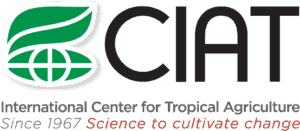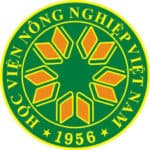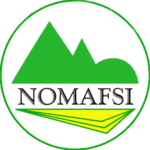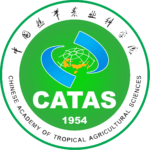
Inspire Challenge 2017 Proposal
Geocoded soil data and AI to provide an estimate and indicator for soil health
Stakeholders related to agriculture (including the farmers) and development often undermine the importance of soil health, especially below ground soil microbial diversity (in terms of diversity and abundance).
More often, assessing soil microbial diversity and other soil indicators sounds as having nothing to do with crop health and yield.
However, this enormous diversity of microorganisms provides “support and regulation services” to the biogeochemical cycling of elements such as Carbon, Nitrogen, Phosphorous, and Sulphur.
Soil microbes are “hidden” under the soil surface, but they play a key role in sustaining soil fertility, ecosystem functioning, crop health, and productivity.
An extensive literature suggests that various above ground topological, climatological, biophysical and land use features, as well as ground-level soil type and soil moisture, shape soil microbial diversity, further influencing soil health and crop productivity.
An idea to solve this
In this project, we propose to take advantage of rapidly reducing genome sequencing costs to generate new geocoded soil data (by characterizing microbial diversity), fuse this with available earth observation data, and leverage the transformative potential of artificial intelligence, to identify a combination of key above ground and ground level features that can best describe soil microbial diversity and hence provide an estimate and an indicator for soil health.
The outcome will enable placing agricultural landscapes on a continuum of soil health.
This information will enable stakeholders (including farmers) to obtain a ‘sense’ of soil health (by circumventing the need to sample soils on a large scale), which effectively can translate into influencing and adoption of sustainable farming practices, thereby incorporating data into farming.
Essentially, the model, when provided with a new set of above ground and ground level features, will ‘crunch’ through the data, and provide an estimate of soil health associated with that particular agro-ecosystem.
To be used in defining diagnosis of soil health status, biological indicators need to take the functioning of the soil health into account and be sensitive to modifications within the soil. Microbial communities offer great potential in this regard because:
- they are present in high density and diversity in all environments,
- they are actively involved in biological functioning and in the services rendered by ecosystems, and
- they are sensitive to changes in biomass and soil conditions.
Moreover, the use of microorganisms as indicators also satisfies practical and economic criteria (i.e. to be quick and easy to use and interpret, reproducible, inexpensive, and readily accessible to users).
They must also be associated with appropriate reference systems so that the desired diagnosis can be obtained by positioning the measured values within a range (weak/normal/high) of variability.
To identify soil sampling locations for microbial diversity characterization within the diverse classes of agricultural landscapes, a randomized pooled soil sampling strategy will be deployed, that balances between capturing enough soil variation and sampling resolution.
Subsequently, the relationship between soil microbial diversity and its influencing factors (above and ground level features) will be obtained to calibrate a predictive model for soil microbial diversity of the agricultural lands of northern Vietnam.
As a result, these areas will be placed on a continuum of soil microbial diversity, which will enable ecological diversity monitoring and site prioritization, further facilitating site-specific agricultural advisory.
As this approach enables identification of farmer communities in sites with differing levels of soil microbial diversity, learning alliances will be established to enable a farmer knowledge diffusion scheme to enable timely adoption of sustainable farming measures.
The predicted impact
By merging different sources of datasets, and using artificial intelligence, we aim to provide stakeholders a ‘peephole’ into soil health, based on what is present above and in the ground.
This is extremely essential since, in order to sustainably intensify, it is important to monitor and achieve ecologically diverse agricultural systems, which includes both functional above and below ground biodiversity.
However, there has always been a ‘data gap’ in terms of below-ground biodiversity, which we attempt to fill through the proposed activity.
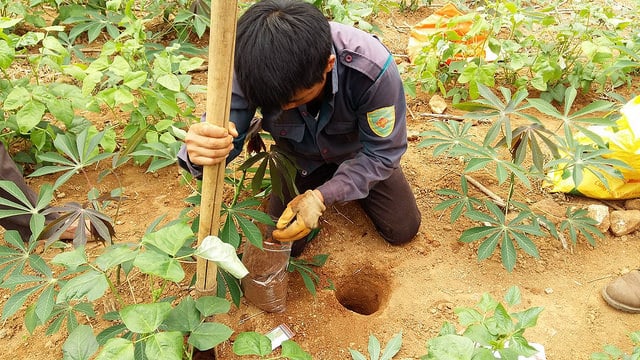
Support this Proposal
The Platform for Big Data in Agriculture is all about the creating connections to build the capacity’s need to inspire real change in the agriculture sector.
The aim of the Inspire Challenge is to generate innovative ideas that will revolutionize the future of agriculture using big data tools. You can be a part of the revolution by supporting these initiatives and help secure food for the future.
Contact one of the team members below to ask how you can help realize this idea.

